Yellow leaves on plants: 7 warning signs to watch for
Have you ever wandered through your home, coffee in hand, only to stop dead in your tracks at the sight of yellow patches spreading across your once-vibrant houseplant? That gut-wrenching moment when you realize something’s amiss with your leafy companion hits every plant enthusiast sooner or later. Yellow leaves on plants aren’t merely aesthetic concerns—they’re urgent distress signals your green friends send when circumstances have gone awry.
As someone who once watched helplessly as yellowing swept through an entire collection of beloved plants, I understand the frustration, worry, and even guilt that follows. But here’s the reassuring truth: these golden flags offer invaluable insights into your plant’s needs before permanent damage occurs. Together, we’ll decode these silent messages and transform potential plant casualties into thriving greenery once more.
Table of Contents
Table of Contents
Understanding Why Plants Develop Yellow Leaves
Yellow leaves on plants, technically termed chlorosis, develop when plants struggle to produce adequate chlorophyll. This emerald-green pigment serves as the cornerstone of photosynthesis—the remarkable process through which plants transform sunlight into nourishment. When leaves shift from lush green to various yellow shades, you’re witnessing visible symptoms of underlying issues disrupting this essential life function.
The Science Behind Leaf Yellowing
Healthy leaves maintain their verdant appearance through continuous chlorophyll production, which typically masks other pigments present in leaf tissues. Plant cells house specialized structures called chloroplasts, where this vital green substance resides and facilitates energy creation.
When plants experience stress or deficiencies, chlorophyll production falters or breaks down faster than plants can replace it. This deterioration reveals hidden yellow carotenoid pigments that were present all along but previously overshadowed by dominant green tones.
Yellowing typically emerges as the first visible warning because chlorophyll proves remarkably sensitive to environmental changes and nutritional imbalances. The specific yellowing pattern—whether it appears at leaf tips, along margins, between veins, or in spotty formations—provides crucial diagnostic clues about the precise issue your plant confronts.
Yellow Leaves on Plants: Warning Sign #1 – Improper Watering Habits
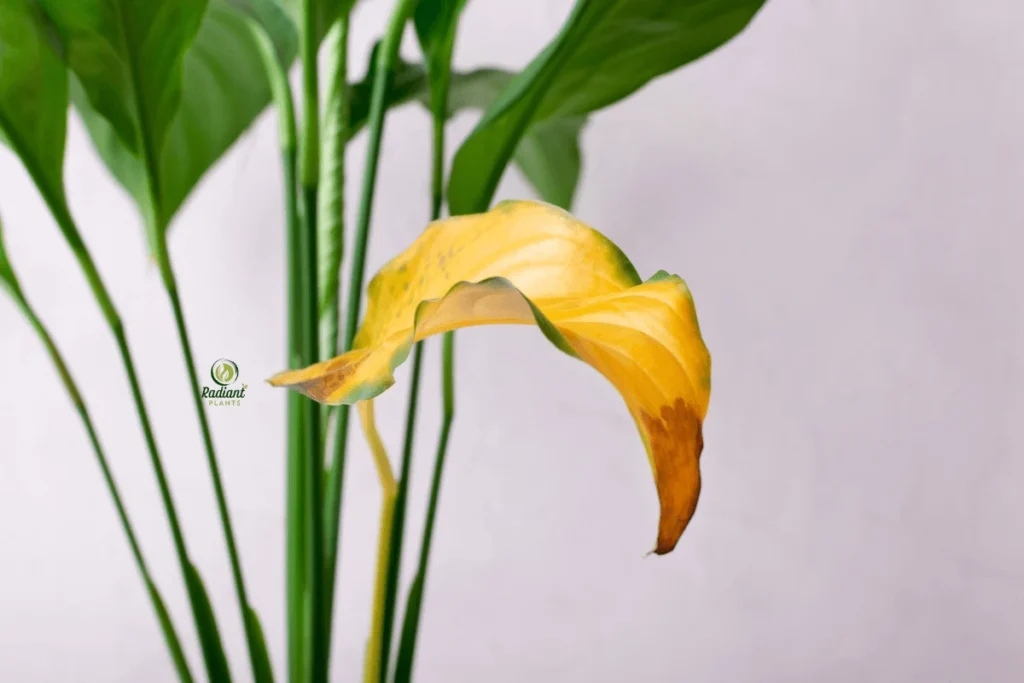
Among the myriad reasons plants develop yellow leaves, incorrect watering practices rank as the most prevalent culprit. The challenge lies in determining whether you’re providing too much or too little moisture, as both extremes trigger similar distress signals with subtle differences.
Overwatering Symptoms
When plants receive excessive water, roots essentially drown from insufficient oxygen. This waterlogged condition prevents proper nutrient uptake and creates the perfect environment for harmful fungi to flourish. Watch for these telltale indicators:
- Leaves are turning yellow while maintaining a soft, almost mushy texture
- Yellowing begins with the lower foliage and gradually ascends
- Persistently damp soil that never properly dries between waterings
- Dark, mushy roots with an unpleasant odor when examined
Many conscientious plant parents inadvertently overwater their botanical companions out of well-intentioned care. Remember that most houseplants prefer drying slightly between waterings rather than constant moisture.
Underwatering Signs
Conversely, plants receiving insufficient hydration develop distinctive symptoms as they attempt to conserve limited resources:
- Yellow leaves that feel papery with crispy, brown edges
- Soil contracting and pulling away from the container walls
- Stunted growth accompanied by premature leaf shedding
- Dramatic improvement shortly after thorough watering
Plants experiencing drought stress often sacrifice older foliage to sustain new growth, directing scant moisture to areas most critical for survival.
How to Find Your Plant’s Perfect Watering Balance
Establishing optimal watering practices requires understanding your specific plants and environment. Consider these proven techniques:
- Master the finger test by inserting your index finger 1-2 inches into the soil, and water only when this depth feels dry for most houseplants
- Invest in an inexpensive moisture meter for precise readings, especially beneficial for larger containers where finger tests prove less reliable
- Develop customized watering schedules based on individual plant varieties rather than treating your entire collection identically
- Adjust watering frequency seasonally—plants typically require more moisture during active growth periods and less during dormant phases
- Pay particular attention to environmental factors like indoor heating, air conditioning, and seasonal humidity fluctuations that significantly impact watering needs.
Why Leaves Are Turning Yellow: How to Fix It
Yellow Leaves on Plants: Warning Sign #2 – Nutrient Deficiencies
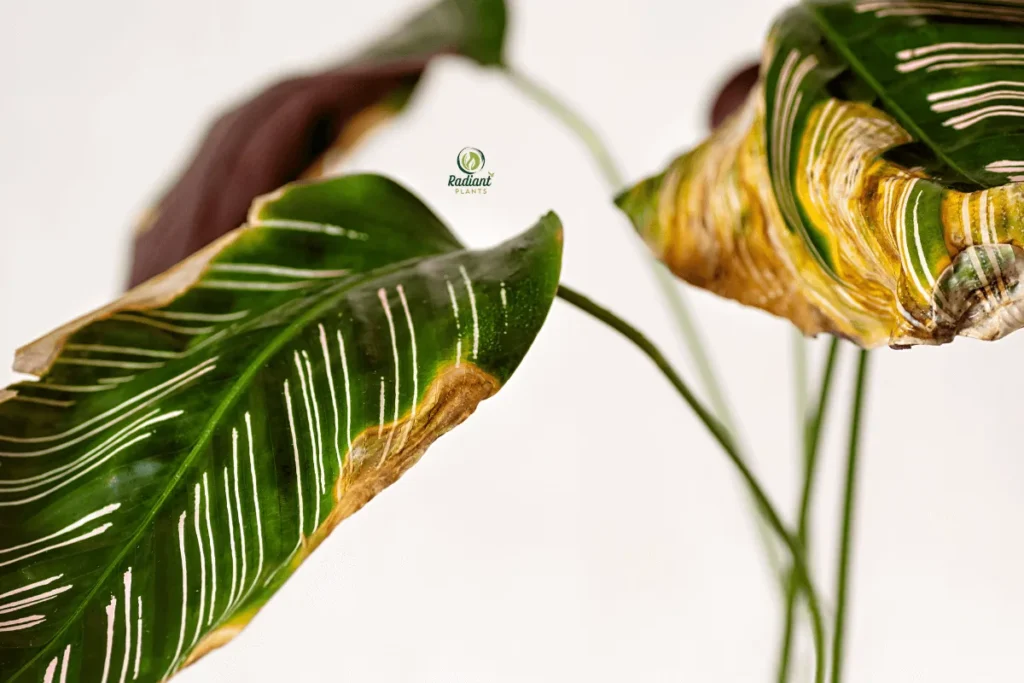
Plants require various nutrients to thrive, much like humans need diverse vitamins and minerals. When certain elements become scarce, plants display distinctive yellowing patterns that serve as valuable diagnostic tools for identifying specific deficiencies.
Common Nutrient Deficiencies and Their Symptoms
Nutrient | Yellowing Pattern | Affected Plants | Common Solutions |
|---|---|---|---|
Nitrogen | Older leaves turn yellow first, starting from the tip | Leafy vegetables, lawns | Nitrogen-rich fertilizer, compost |
Iron | Yellowing between leaf veins, starting from the edges | Acid-loving plants, roses | Iron supplements, soil acidifiers |
Magnesium | Yellowing between leaf veins, starting from edges | Tomatoes, roses, potatoes | Epsom salt solution, magnesium supplements |
Potassium | Yellow edges with green centers | Fruit-bearing plants | Potassium-rich fertilizer, banana peels |
Zinc | Yellow mottling between veins | Fruit trees, corn | Zinc sulfate application |
Each nutrient performs specific functions within plant tissues, and their absence manifests in distinctive ways. For instance, nitrogen facilitates green leafy growth, while iron enables chlorophyll production. Understanding these relationships helps pinpoint exact deficiencies rather than guessing.
Correcting Nutrient Imbalances
Before administering supplements, confirm your diagnosis through these approaches:
- Conduct soil tests using home kits or through professional laboratory services to determine precise nutrient levels.
- Consider the comparative advantages of organic amendments (slower-releasing but soil-enhancing) versus synthetic fertilizers (fast-acting but potentially harmful with overuse).
- Follow proper application techniques—some nutrients require foliar spraying for effective absorption, while others work best applied directly to the soil.
- Watch vigilantly for signs of nutrient toxicity, which paradoxically can cause symptoms similar to deficiencies when certain elements reach excessive levels.
- For indoor plants, remember that nutrients gradually deplete from the potting medium over time, making regular fertilization essential for long-term health.
Shocking Causes of Brown Spots on Plant Leaves & Quick Fixes!
Yellow Leaves on Plants: Warning Sign #3 – Light Exposure Problems
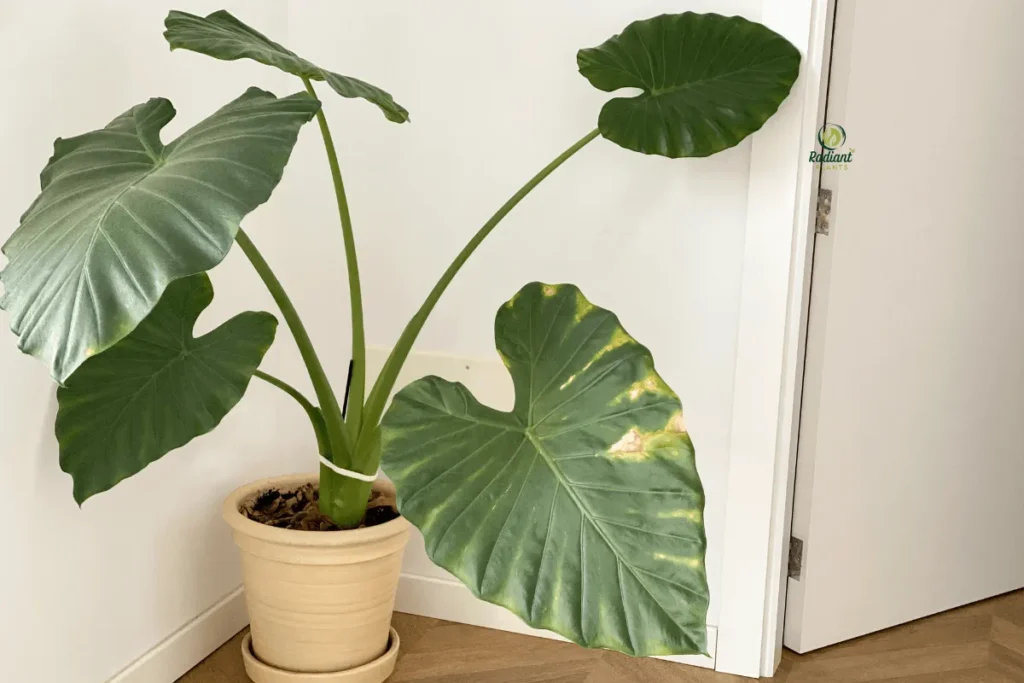
Every plant species evolved within specific light conditions, from deep forest understories to sun-drenched meadows. When cultivated plants receive inappropriate light levels—either insufficient illumination or excessive exposure—yellow leaves on plants often result.
Insufficient Light Symptoms
Plants struggling with inadequate light display several characteristic adaptations as they stretch toward available light sources:
- Stems growing unusually long and thin (etiolation) with sparse, pale yellow foliage
- Lower leaves yellowing progressively before dropping entirely
- Noticeable leaning or bending toward the brightest nearby light source
- Overall growth is slowing dramatically or halting entirely
Many houseplants marketed as low light tolerant actually need moderate indirect light to thrive—they merely survive (often poorly) in dimmer conditions.
Light Burn Indicators
Conversely, plants receiving more intense light than their natural adaptations permit develop stress symptoms resembling sunburn:
- Yellow patches appear first on the upper leaves directly exposed to light
- Yellow areas eventually develop crispy brown spots as cellular damage progresses
- Leaf edges curling inward or cupping to reduce exposed surface area
- Bleached, washed-out appearance developing on previously vibrant foliage
Even shade-adapted plants benefit from bright indirect light, but direct sunbeams through glass windows can intensify to harmful levels.
Finding the Perfect Light Balance
Achieving optimal lighting requires understanding both your plants’ natural preferences and your specific environment:
- Research authentic light requirements for each plant species rather than relying on generic store labels
- Consider using light measuring applications or dedicated meters to quantify actual light intensity in different locations
- Account for seasonal light variations, especially in northern climates where winter sunlight diminishes significantly
- Explore supplemental lighting options like full-spectrum LEDs for challenging environments with limited natural illumination
Remember that proper light serves as the foundation for virtually all plant functions—without it, even perfect watering and nutrition cannot compensate.
Yellow Leaves on Plants: Warning Sign #4 – Pest Infestations
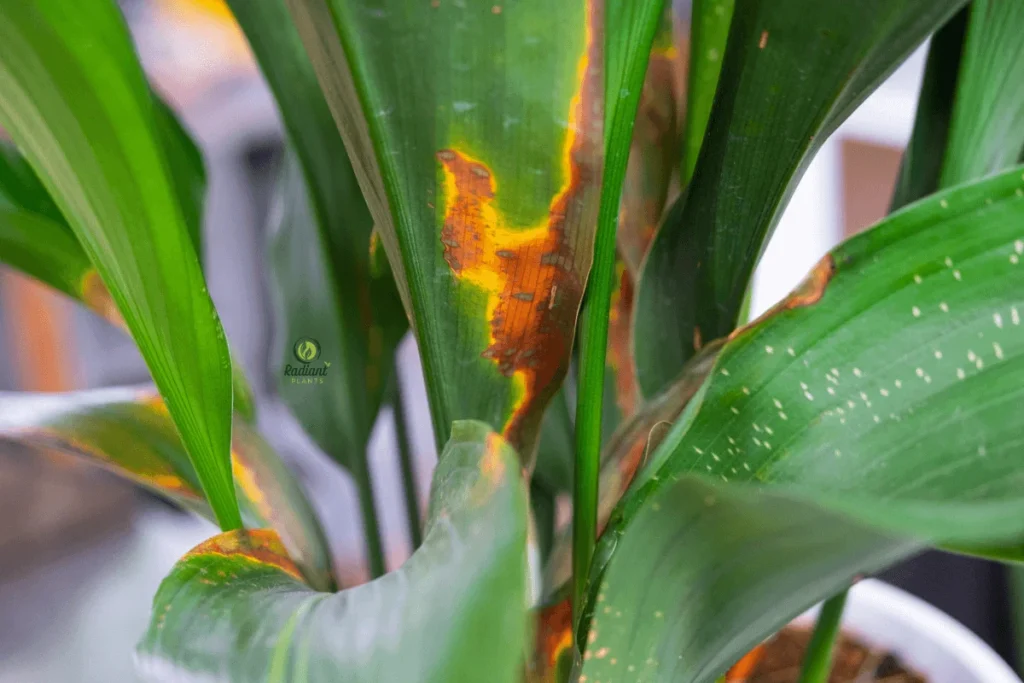
Various sap-feeding insects literally drain the vitality from plants, often causing distinctive yellowing patterns as they extract essential nutrients and plant fluids.
Common Pests That Cause Yellowing
Learn to recognize these prevalent troublemakers by their distinctive damage patterns:
- Spider mites—nearly microscopic arachnids that create fine yellow stippling across leaf surfaces, often accompanied by delicate webbing in severe infestations
- Aphids—small, soft-bodied insects that cluster on new growth, causing yellow curling leaves and sticky residue
- Scale insects—appearing as immobile brown bumps along stems and leaf undersides, creating yellow spotting where they feed
- Whiteflies—tiny white insects that flutter when disturbed, causing generalized yellowing and stunted growth
- Mealybugs—identified by distinctive white cottony masses in leaf axils and undersides, creating yellow patches wherever they feed
Many of these pests reproduce rapidly, allowing populations to explode within weeks without intervention.
Natural and Chemical Control Methods
Addressing pest problems requires a strategic approach, ideally beginning with gentler methods before escalating to stronger interventions:
- Regular application of insecticidal soaps—effective against soft-bodied insects while remaining relatively gentle on beneficial organisms
- Neem oil treatments—offering both preventive and curative properties through multiple mechanisms of action
- Introduction of beneficial predators like ladybugs or predatory mites in greenhouse or outdoor environments
- Systemic insecticide applications for severe or persistent infestations, understanding that these chemicals circulate throughout plant tissues
- Implementing strict quarantine protocols for newly acquired plants to prevent introducing pests to existing collections
Early detection significantly improves treatment success rates—inspect plants regularly, paying particular attention to leaf undersides where many pests initially establish.
Yellow Leaves on Plants: Warning Sign #5 – Disease Invasion
Various pathogens—including fungi, bacteria, and viruses—cause distinctive yellowing symptoms as they colonize plant tissues and disrupt normal functions.
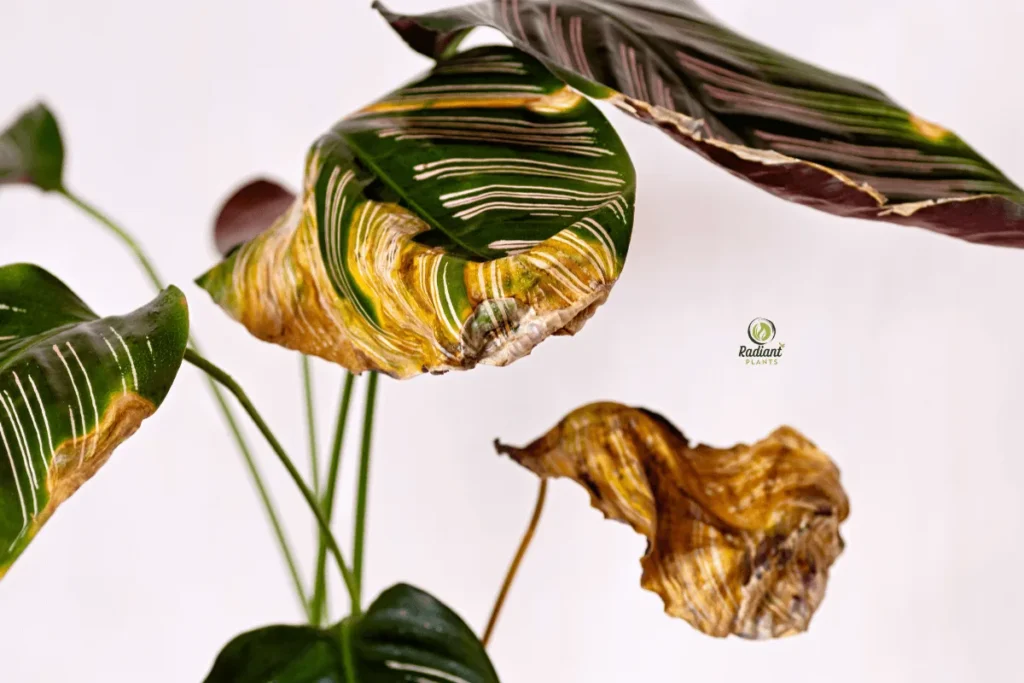
Fungal Diseases
Fungal pathogens rank among the most common disease-causing organisms affecting plants:
- Powdery mildew presents as yellow patches eventually coated with distinctive white powder-like fungal growth
- Leaf spot diseases create yellow halos surrounding necrotic brown centers where fungal structures develop
- Root rot fungi attack below the soil line but manifest as progressive yellowing ascending from lower leaves as root function deteriorates
Most fungal issues thrive in conditions combining excessive moisture and poor air circulation.
Bacterial and Viral Infections
These microscopic invaders cause some of the most challenging plant health problems:
- Bacterial leaf spots typically manifest as yellow areas with water-soaked edges that may ooze under humid conditions
- Mosaic viruses create distinctive yellow mottling or streaking patterns, often accompanied by leaf distortion
- Unlike fungal problems, viral infections generally cannot be cured; management focuses on preventing spread to healthy plants
Unfortunately, many bacterial and viral diseases remain permanently within infected plants, making prevention particularly crucial.
Disease Prevention Strategies
Implementing these practices significantly reduces disease incidence:
- Position plants with appropriate spacing to promote essential air movement around foliage
- Sanitize gardening tools between plants using alcohol or bleach solutions to prevent pathogen transfer
- Water at soil level rather than from overhead to keep foliage dry, creating less hospitable conditions for disease development
- Select disease-resistant varieties when available, particularly for plants with known vulnerability to regional pathogens
Maintaining optimal growing conditions strengthens plants’ natural immune responses, enabling them to resist infection more effectively.
Yellow Leaves on Plants: Warning Sign #6 – Environmental Stress Factors

Plants respond sensitively to their surrounding conditions, with yellow leaves on plants often signaling distress from environmental factors beyond the optimum range.
Temperature Extremes
Plants have evolved specific temperature preferences reflecting their native habitats:
- Cold damage frequently causes sudden yellowing following temperature drops, particularly on tender new growth
- Heat stress typically manifests as yellowing, accompanied by crispy brown leaf margins, as tissues essentially cook
- Seasonal temperature fluctuations require adaptation periods—sudden changes prove more stressful than gradual transitions
Most houseplants originate from tropical regions and suffer when temperatures drop below 55°F (13°C) or exceed 90°F (32°C).
Humidity Issues
Atmospheric moisture levels significantly impact plant health:
- Low-humidity situations cause tropical plants to develop yellow leaf tips and edges as moisture evaporates faster than roots can replace it
- Excessive humidity creates ideal conditions for fungal pathogens that cause various yellow spotting patterns
- Creating microclimate zones using humidity trays, grouping plants, or using room humidifiers helps sensitive species thrive
Plants with thin leaves generally require higher humidity than succulent varieties with water-storing adaptations.
Air Quality Problems
Indoor environments contain various potential pollutants affecting plant health:
- Common indoor pollutants like ethylene gas from ripening fruit accelerate leaf yellowing and drop
- Chemical compounds in tap water, particularly chlorine and fluoride, accumulate in soil over time, causing toxicity symptoms
- Inadequate ventilation concentrates these compounds while limiting the carbon dioxide necessary for photosynthesis
Consider periodically moving houseplants outdoors during favorable weather to refresh their systems with natural airflow and rainfall.
Yellow Leaves on Plants: Warning Sign #7 – Transplant Shock or Root Issues
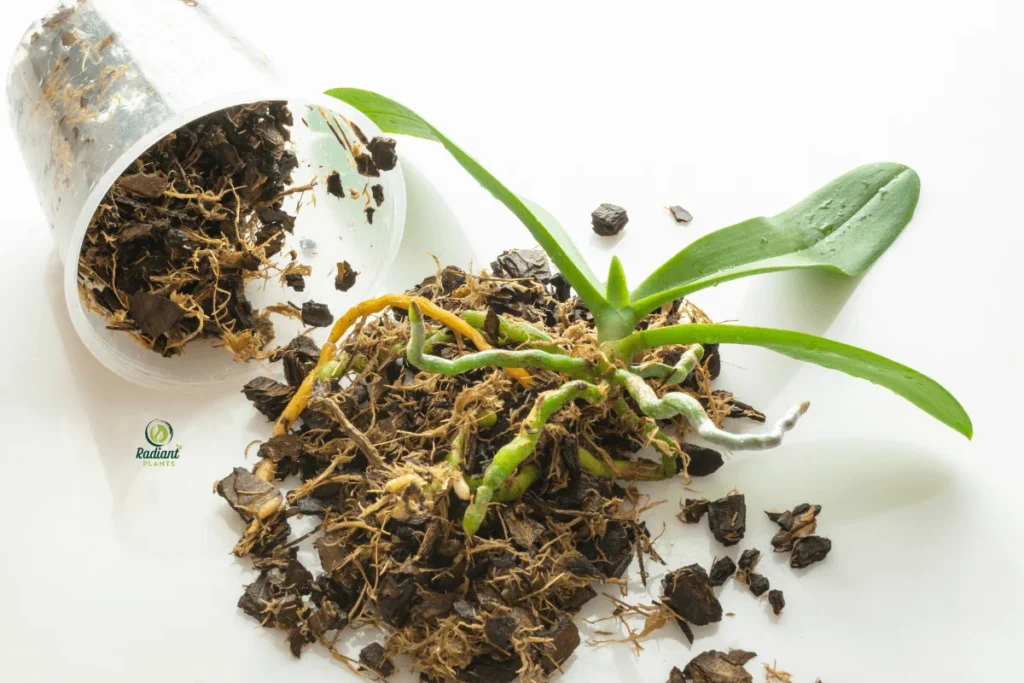
Root system health directly influences leaf color and vitality, with yellow foliage often indicating below-ground problems invisible to casual observation.
Transplant Shock Symptoms
Plants frequently experience stress during the transition to new containers or locations:
- Sudden widespread yellowing appears shortly after repotting or relocation
- Leaf drop occurs simultaneously with yellowing as plants shed foliage that they cannot support
- Recovery typically requires several weeks as plants establish new root connections with the surrounding soil
- Prevention involves minimizing root disturbance and maintaining consistent care during transition periods
Avoid fertilizing recently transplanted specimens until new growth indicates successful establishment.
Root Binding Effects
Plants residing too long in the same containers develop increasingly restricted root systems:
- Progressive yellowing emerges as constricted roots struggle to supply adequate nutrients to foliage
- Repotting becomes necessary when roots visibly circle container edges or emerge from drainage holes
- Selecting appropriately sized containers—generally 1-2 inches larger in diameter than previous pots—promotes healthy growth without overwhelming root systems
- Judicious root pruning when repotting heavily bound specimens stimulates fresh growth and renewed vigor
Most houseplants benefit from repotting every 12-24 months, depending on growth rate and container size.
Soil Quality Factors
The growing medium directly impacts root function and nutrient availability:
- Compacted soil restricts oxygen reaching roots, causing yellowing similar to overwatering symptoms
- pH imbalances outside a plant’s preferred range limit nutrient absorption, even when elements remain present
- Soil amendments like perlite, vermiculite, or coarse sand improve structure in heavy soils
- Different plant categories require specialized medium formulations—container soils need better drainage than garden soils
Consider periodic soil refreshment for long-term container plants by replacing the top few inches annually without disturbing roots.
Creating a Plant Recovery Plan
Once you’ve identified potential causes for yellow leaves on plants, implementing a systematic recovery approach yields the best results.
Step-by-Step Diagnosis Process
Follow this methodical troubleshooting sequence to pinpoint underlying issues:
- Document yellowing patterns through photographs, noting which leaves show symptoms first
- Evaluate soil moisture levels as the initial diagnostic step, since watering issues cause most yellowing problems
- Carefully examine both leaf surfaces and stem junctions with magnification to detect microscopic pests
- Consider recent environmental changes—new locations, seasonal shifts, or home climate control adjustments
- Look beyond yellowing for additional symptoms like unusual growth patterns or spot formations
- Test soil conditions, including moisture retention, pH levels, and nutrient content, when initial investigations prove inconclusive
Maintaining detailed observations helps track improvement or deterioration following interventions.
Treatment Timeline Expectations
Understanding realistic recovery timeframes prevents discouragement during the healing process:
- Address critical issues like severe pest infestations or extreme moisture conditions immediately
- Expect visible improvement within 1-2 weeks for most correctable problems
- Recognize when plants show irreversible damage, as severely compromised specimens sometimes cannot recover
- Isolate struggling plants from healthy collections when diseases or pests might spread
Remember that new growth, rather than existing yellow leaves, provides the best indicator of successful intervention.
Preventative Maintenance to Avoid Yellow Leaves on Plants
Proactive care significantly reduces the likelihood of developing yellow leaves on plants, saving both plants and their caretakers from unnecessary stress.
Seasonal Care Checklist
Season | Watering Needs | Common Issues | Preventative Actions |
|---|---|---|---|
Spring | Moderate, increasing | New growth issues, transplant shock | Gradual fertilization, pest monitoring |
Summer | High, frequent | Heat stress, drought symptoms | Morning watering, shade provision |
Fall | Decreasing gradually | Light reduction yellowing | Reduce fertilizer, prepare for dormancy |
Winter | Minimal, careful | Heating system dryness, cold drafts | Humidity trays, draft protection |
Adjusting care routines seasonally accommodates natural growth cycles and changing environmental conditions, preventing stress-induced yellowing.
Ideal Care Routines by Plant Type
Different plant categories require specialized approaches for optimal health:
- Tropical houseplants thrive with consistent humidity levels maintained through grouping or humidification
- Succulents and cacti need infrequent deep watering followed by thorough soil drying to prevent root decay
- Flowering plants generally benefit from cyclical feeding corresponding to bloom periods
- Edible plants require particularly nutrient-dense environments to support productive growth
Researching specific requirements for each plant in your collection prevents the one-size-fits-all approach that often leads to yellowing issues.
Conclusion: Reading Your Plant’s Yellow Leaves as Opportunities
Rather than viewing yellow leaves on plants as failures or disappointments, consider them valuable communications from your green companions. These golden signals provide opportunities to deepen your understanding of plant needs and refine your caretaking approaches.
Remember that even experienced horticulturists encounter these challenges regularly—yellowing leaves represent universal aspects of plant stewardship rather than personal shortcomings. Each instance builds your diagnostic skills and botanical knowledge, gradually transforming you into a more confident and capable plant parent.
With the insights you’ve gained about these seven warning signs, you now possess the knowledge to respond effectively when yellowing appears. This awareness ensures your indoor jungle or outdoor garden maintains its lush vitality through seasonal changes and environmental challenges alike.
Frequently Asked Questions About Yellow Leaves on Plants
Can yellow leaves on plants turn green again?
Once leaves have turned yellow, they typically won’t revert to green. The chlorophyll breakdown is usually irreversible. However, fixing the underlying issue will ensure new growth emerges healthy and green. Focus on saving the plant rather than the individual yellow leaves.
How quickly should I act when I notice yellow leaves on plants?
You should investigate yellow leaves on plants within 1-2 days of noticing them. Early intervention prevents the spread of diseases, pest infestations, or further stress to the plant. The sooner you identify and address the cause, the better chance your plant has for a full recovery.
Should I remove yellow leaves from my plants?
Yes, it’s generally beneficial to prune yellow leaves on plants once you’ve identified and addressed the underlying cause. These leaves drain energy from the plant and won’t recover. Use clean, sharp scissors to remove them at the base of the stem to prevent disease spread.
How many yellow leaves are normal on a healthy plant?
A few yellow leaves on plants, particularly older lower leaves, can be part of the normal growth cycle. However, if more than 10-15% of the plant’s foliage is yellowing, or if yellowing appears suddenly, it indicates a problem requiring attention.
What’s the difference between natural aging and problematic yellow leaves on plants?
Natural aging causes lower, older leaves to yellow gradually and symmetrically. Problematic yellow leaves on plants often appear randomly throughout the plant, develop unusual patterns, affect new growth, or emerge suddenly in clusters. Age-related yellowing is slow and predictable.
Can seasonal changes cause yellow leaves on plants?
Yes, seasonal light and temperature changes often trigger yellow leaves on plants, especially during transitions from summer to fall or winter to spring. Many plants naturally shed older leaves when entering dormancy periods. Adjust care routines seasonally to minimize stress-related yellowing.

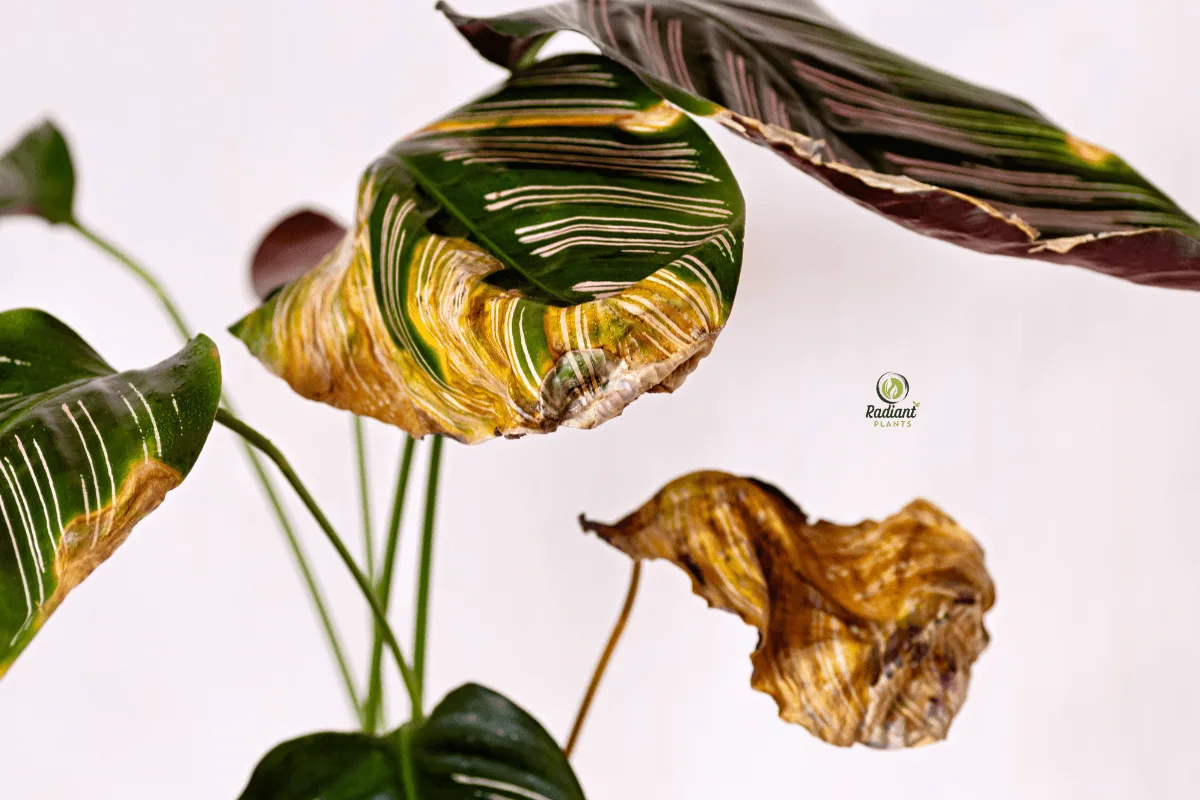
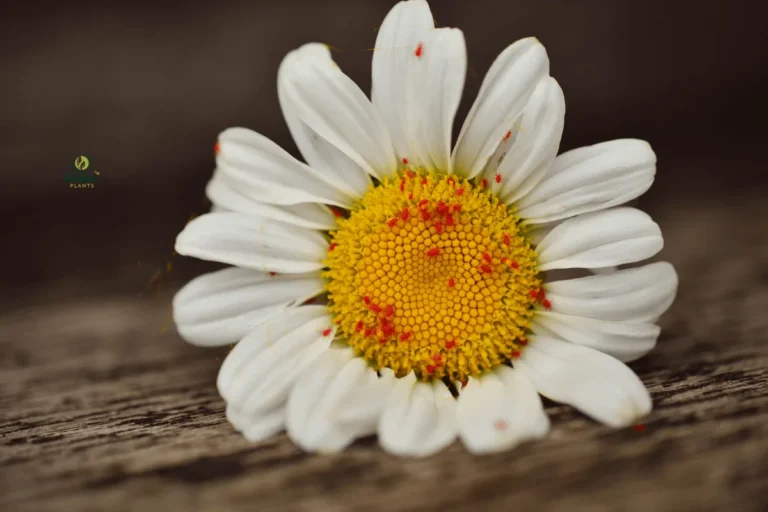
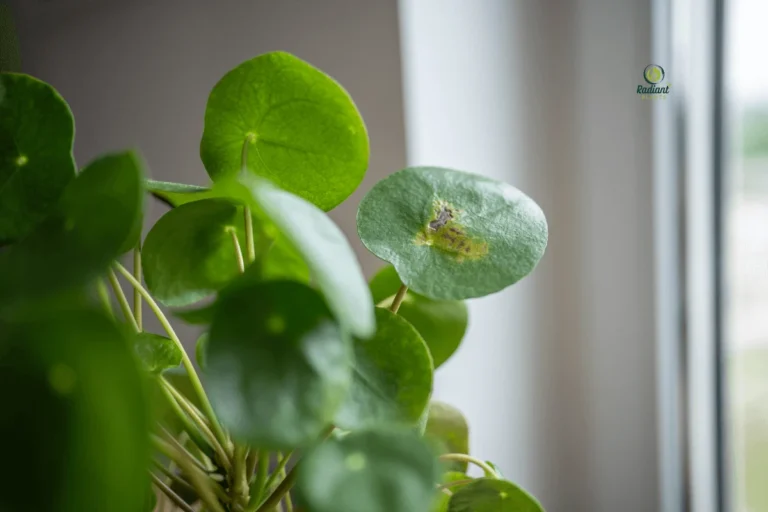

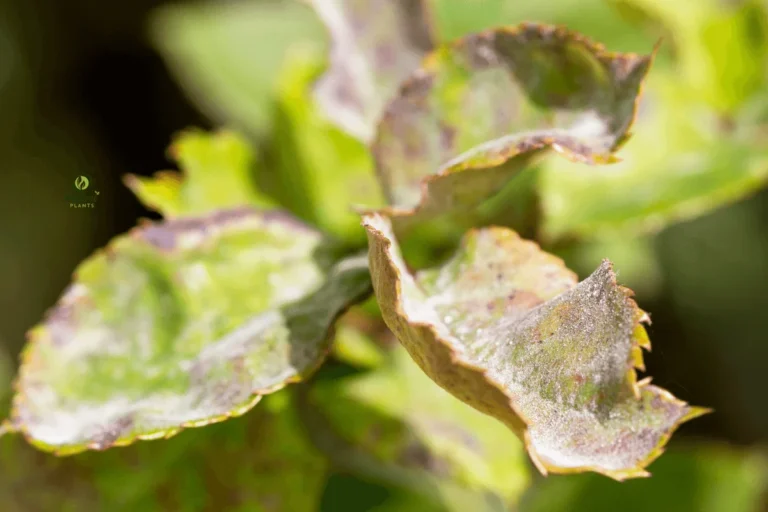
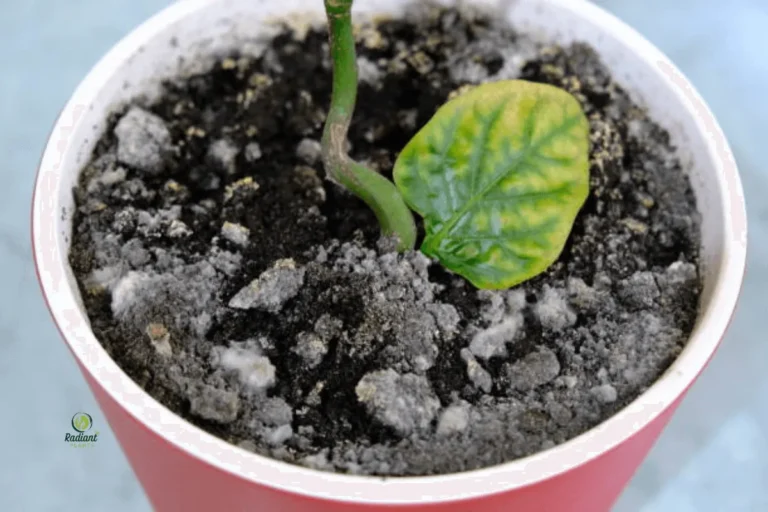

5 Comments